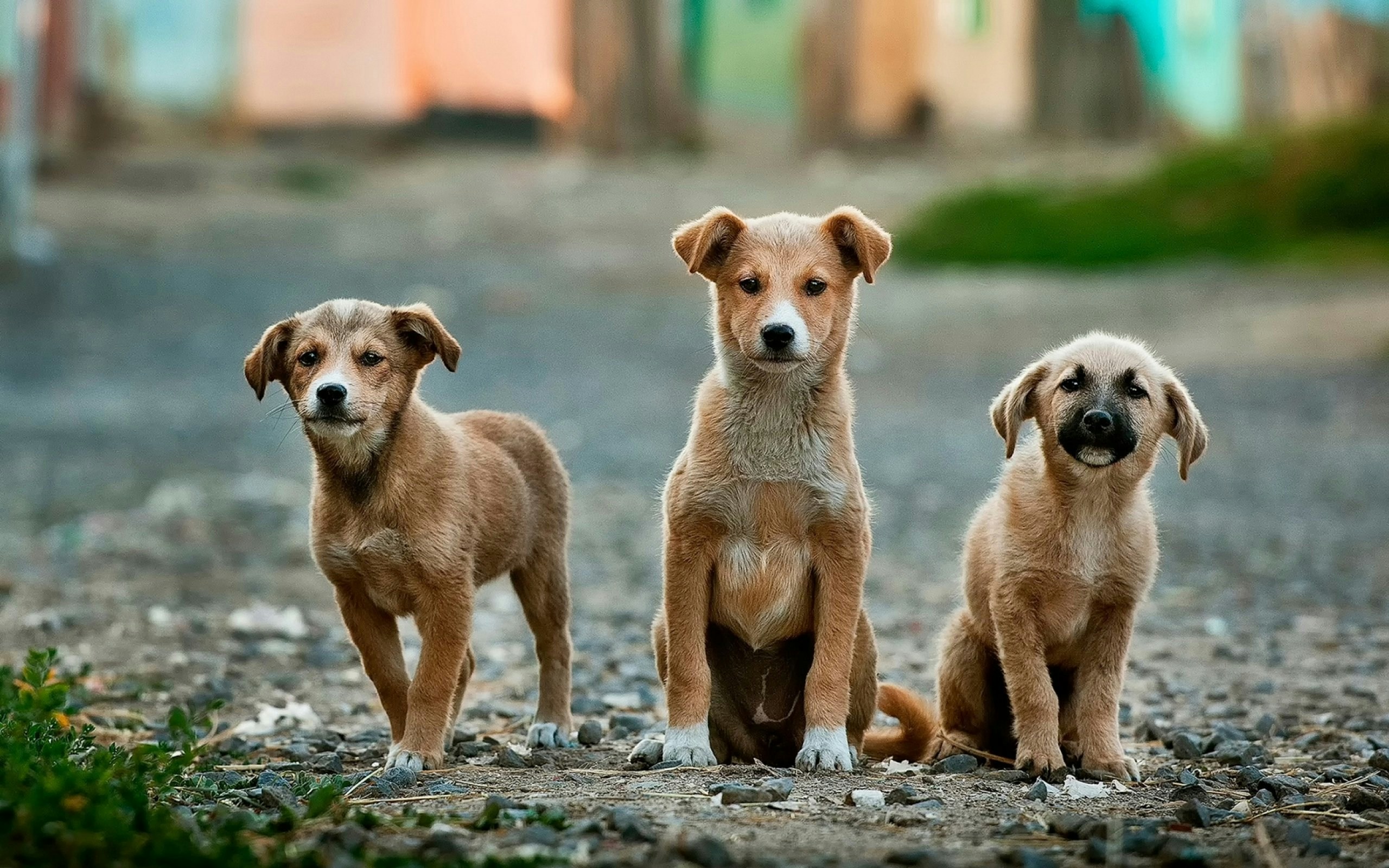
A Calling Beyond Compassion
For some, the love of animals is a sentiment — an admiration of a furry companion curled up on the couch or the chirp of birds at dawn. For others, it is a calling that transcends affection and becomes a mission to protect the voiceless, defend the abused, and heal the wounded. Those who dedicate themselves to animal welfare carry within them a profound and often quiet fire — a desire to speak for those who cannot speak, and to act when others turn away. Their passion is not driven by glory or material reward, but by an unyielding belief in the intrinsic worth of every creature that walks, flies, crawls, or swims.
Animal welfare is more than saving strays or protesting cruelty — it’s an ecosystem of care that spans shelter management, rescue operations, wildlife rehabilitation, advocacy, education, and policy reform. The unsung heroes who work in these fields do so with grit and grace, often absorbing trauma, heartbreak, and exhaustion that would overwhelm most. Yet they rise again each day, fueled by a single unshakable truth: every life matters.
The Everyday Realities of Rescue Work
Behind the heartwarming stories of rescued kittens and adopted dogs lies a far more complex reality. Animal welfare workers operate in environments where neglect, abuse, and abandonment are all too common. Shelters are chronically underfunded and overcrowded. Field rescuers often face dangerous conditions when retrieving animals from hoarding situations, illegal breeders, or areas affected by disaster. Veterinarians and technicians labor long hours, confronting cases of trauma and suffering that demand both medical expertise and emotional resilience.
This work also requires a deep knowledge of behavioral science. Animals who have been mistreated may respond with aggression, fear, or withdrawal — and rehabilitating them is a patient, nuanced process. It can take weeks, even months, for an abused animal to trust again. There is no shortcut in this line of work, and there is no guaranteed outcome. Every success is hard-won. Every failure — every animal that couldn’t be saved in time — leaves a scar.
The Crucial Role of Education and Advocacy
True animal welfare doesn’t end at rescue; it begins with prevention. This is why education is a cornerstone of meaningful change. Advocates work tirelessly to teach communities about responsible pet ownership, the importance of spaying and neutering, the realities of puppy mills, and the need for wildlife preservation. In schools, town halls, and social media platforms, the message is spread in hopes that fewer animals will need saving tomorrow.
Laws protecting animals have evolved, but many remain inadequate or poorly enforced. Advocates and legal experts push for stronger regulations against animal cruelty, improved standards for animal agriculture, and greater support for conservation efforts. Change, however, is slow. It demands persistent lobbying, public awareness campaigns, and political courage. It is not uncommon for animal advocates to face indifference or even hostility when challenging long-standing practices and institutions. But their persistence shapes policy, influences culture, and saves lives in ways that numbers alone can’t capture.
The Intersection of Human and Animal Welfare
What often surprises people is how deeply interconnected animal and human welfare truly are. Studies have long shown that communities with strong animal protection laws also tend to exhibit greater empathy and social cohesion. Conversely, violence against animals is often a red flag for broader patterns of abuse and neglect within families or communities. Addressing animal welfare isn’t a separate concern — it’s part of the broader moral fabric of a society.
Animal-assisted therapy is another example of this interconnectedness. From therapy dogs in hospitals to equine programs for children with disabilities or veterans with PTSD, animals help humans heal. However, these programs are only possible because someone ensured that those animals were cared for, trained, and respected. Without the behind-the-scenes efforts of animal welfare advocates, such healing partnerships wouldn’t exist.
A Legacy of Quiet Revolution
The work of animal welfare may not dominate headlines, but it is a quiet revolution — one that challenges the way humans relate to the natural world. It asks us to consider not just what we can take from animals, but what we owe them. It redefines strength as compassion and insists that a society is judged not by how it treats the powerful, but how it treats the vulnerable.
For those who live this mission — whether they’re rescuing a stray on the side of a highway, bottle-feeding orphaned wildlife, managing logistics at an overcrowded shelter, or drafting legislation in a windowless office — the reward is not always visible. It’s in the wag of a tail that once hung limp with fear. It’s in the soft purr of a cat that once hissed at human touch. It’s in the release of a healed hawk back into open skies.
Their work is a testament to love in its most active form. And in a world that often feels indifferent, they are proof that empathy can be a powerful force for change — that one person, with a heart for all creatures, truly can make a difference.